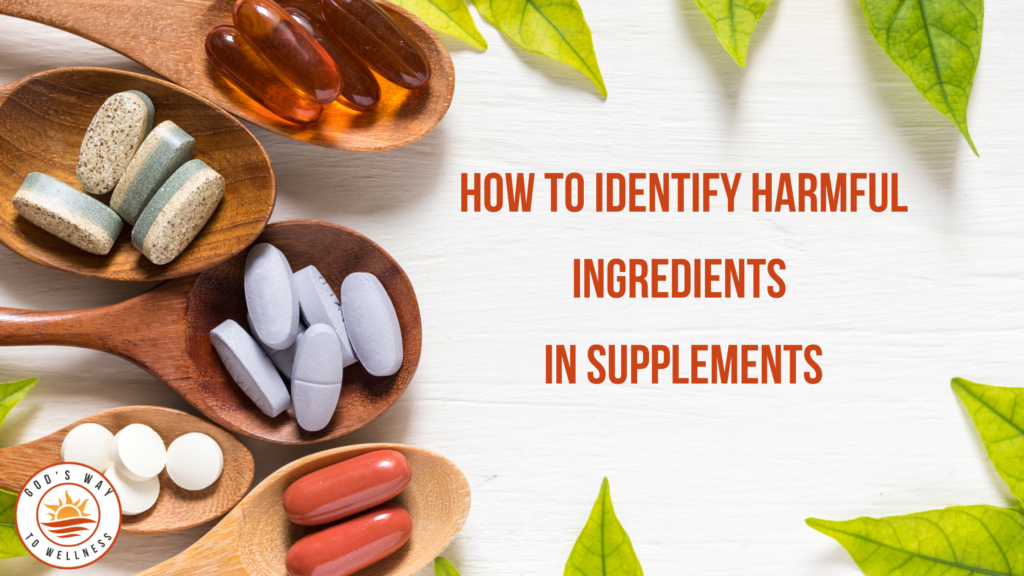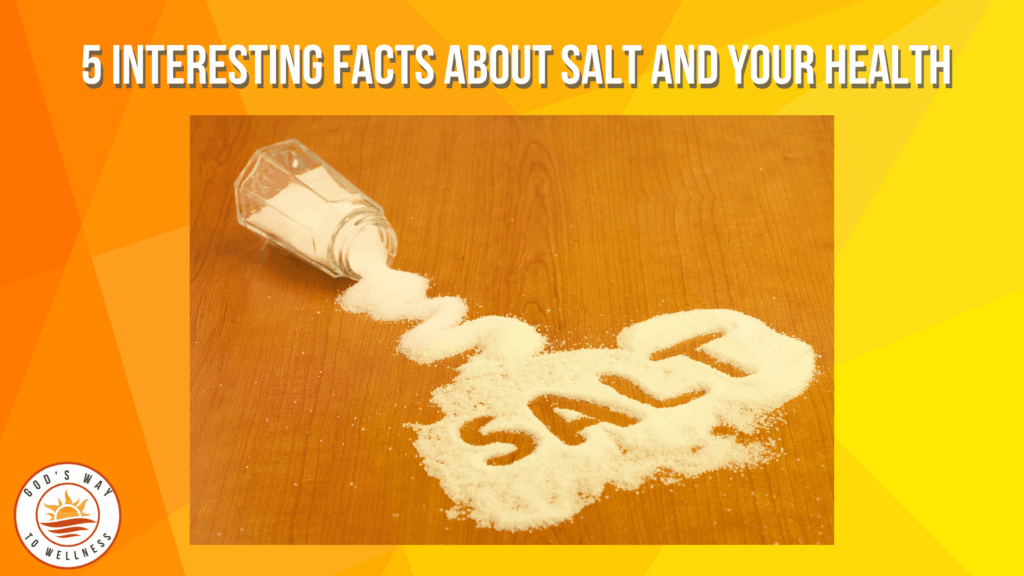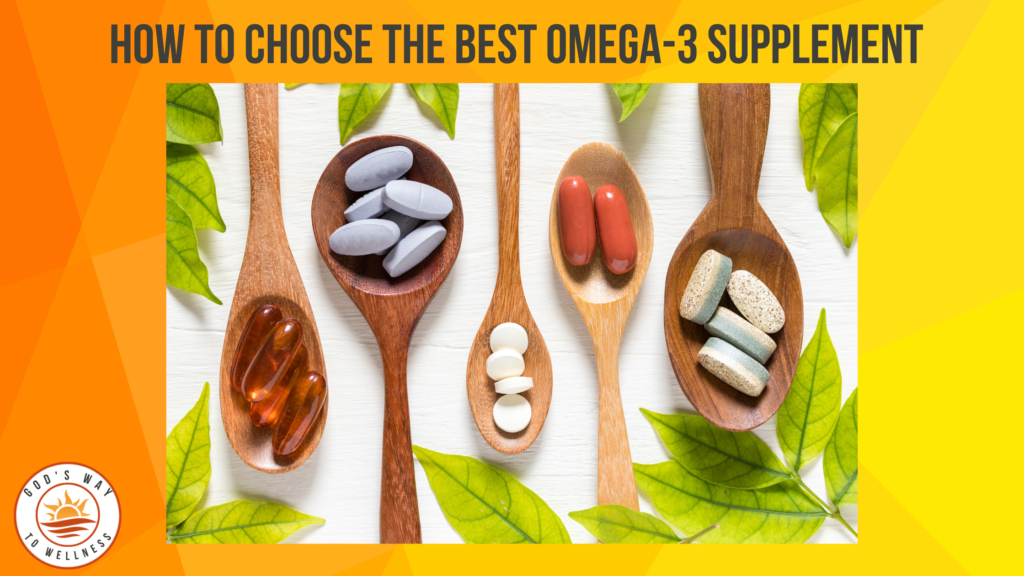Congratulations on your decision to incorporate dietary supplements into your journey to wellness. But are you confused about the wide array of choices? I know how challenging it can be to shop for supplements.
It is crucial to consider what other ingredients are in the supplements you take because the Dietary Supplement Health and Education Act of 1994 allows manufacturers to sell supplements without proving their quality to the U.S. Food and Drug Administration. Only the proof of a product being unsafe is necessary to take it off the market. 1
Harmful ingredients in supplements are intentionally added by the manufacturer or unintentionally added during the production and manufacturing process.
So how do we identify harmful ingredients in supplements?
Intentionally added ingredients
The intentional addition of specific ingredients to supplements is intended to increase their shelf life and minimize production costs.
Here are some ingredients to avoid.
- Artificial colors—includes synthetic food dyes such as Red #40, Yellow #5, and Yellow #6 which cause allergic reactions, hyperactivity in children, and may cause cancer. 2
- Artificial sweeteners—linked to several health issues such as a higher risk of cancer, heart disease, and kidney disease. 3
- Talc and magnesium silicate—used as an anti-clumping agent but may be contaminated with asbestos, which is a known carcinogen. 4
- Phthalates—used as a coating agent and associated with disrupting the endocrine system. 5
- Preservatives—added to extend the shelf life of supplements. Some examples are carrageenan, parabens, propylene glycol, sodium benzoate, and potassium sorbate. These chemicals may cause a variety of health problems by affecting the gut microbiome.6
- Hydrogenated oils (soybean oil, palm oil)—these ingredients are used to extend shelf life and improve taste. Healthier alternatives like olive oil are available, but may be more expensive.
- Titanium Oxide—used to add whiteness and stability to products. This ingredient is associated with increased inflammation, affects the gut microbiome, and may cause immunity issues. 7
Unintentionally added ingredients
Supplements may contain unintentionally added ingredients derived from the production and manufacturing process
- Pesticides and herbicides—harmful chemicals from spraying of crops.
- Heavy metals—cadmium, lead, arsenic, and mercury are contaminants from soil and water.
How to avoid harmful ingredients in supplements
Most importantly, read the ingredient labels and look for intentionally added harmful ingredients in supplements. Shy away from any supplements that don’t list ingredients in their marketing materials or list ingredients as “proprietary.”
Second, do your research and buy from a reputable company. Check the company’s website for information on prohibited ingredients. For example, Thorne lists their “no list” of ingredients that will never be in their products.
In addition, some companies may furnish a Certificate of Analysis (COA) to validate compliance with product specifications through third-party testing.
Buy USDA Certified Organic when possible. Products with this labeling ensures that the supplements are free from pesticides, herbicides, and potentially toxic ingredients. Keep in mind that mineral supplements cannot be organic as they are not plant-derived.
Last, don’t fall for greenwashing. This is a marketing technique where companies try to trick you into thinking the products are not harmful. Never believe what is on the front label; always read the back label with detailed ingredients.
Examples of harmful ingredients in supplements
I found the following examples at a major drugstore chain.
- CVS Women’s Daily Multivitamin. Contains sodium benzoate, titanium dioxide, talc, maltodextrin (an artificial sweetener), FD&C Red #40, and FD&C blue#1.
- CVS Calcium +Vitamin D. Contains sucrose, maltodextrin (an artificial sweetener), titanium dioxide, talc, FD&C Red #40, FD&C yellow 6, and FD&C blue#1.
- Watch out for gummies. They are often loaded with added sugar or artificial sweeteners.
- Vitafusion Power Zinc and Vitamin C Gummies. One serving contains nine grams of added sugar (glucose syrup and sugar).
- CVS Vitamin D Gummies are a good example of greenwashing. The front label reads “Zero Sugar” and has a picture of peaches, strawberries and blackberries. But “Other Ingredients” include the artificial sweeteners maltitol syrup and sucralose (Splenda), but no fruit or fruit juice.
- Sundown Vitamin D is another good example of greenwashing. The front label reads “non-GMO” and “Clean Nutrition.” However, the Other Ingredients list includes soybean oil.
Final words
How do you identify harmful ingredients in supplements? Always read the ingredient label. It’s best to stay away from supplements containing a long list of “Other Ingredients.” If so, keep looking for another brand.
References
- https://www.fda.gov/news-events/rumor-control/facts-about-dietary-supplements
- https://www.sciencedirect.com/science/article/pii/S2772753X2200003X
- https://www.ncbi.nlm.nih.gov/pmc/articles/PMC4899993/
- https://www.cancer.gov/about-cancer/causes-prevention/risk/substances/asbestos
- https://www.ncbi.nlm.nih.gov/pmc/articles/PMC3295354/
- https://www.ncbi.nlm.nih.gov/pmc/articles/PMC7117642/
- https://www.ncbi.nlm.nih.gov/pmc/articles/PMC7795714/



